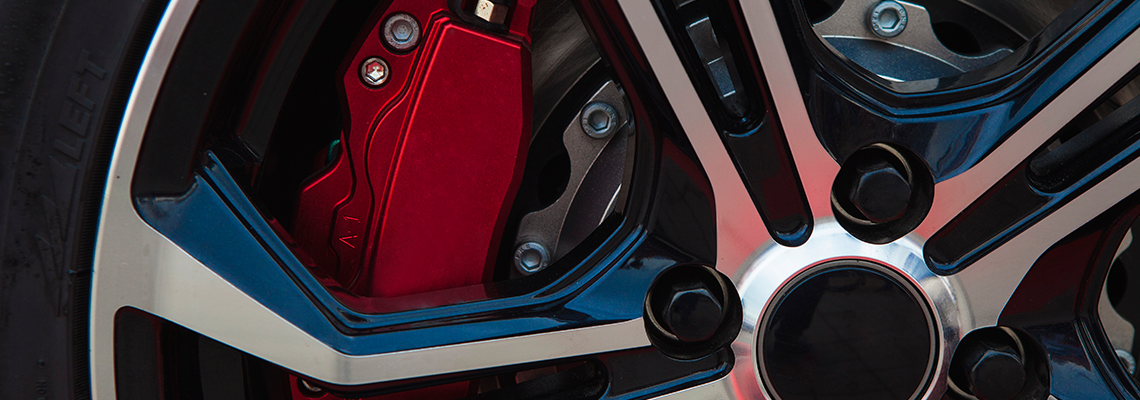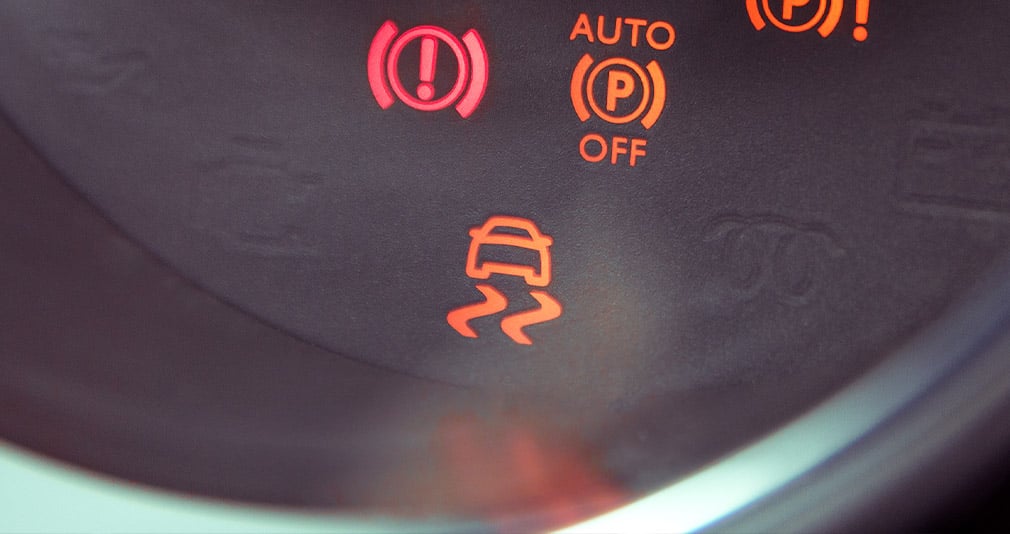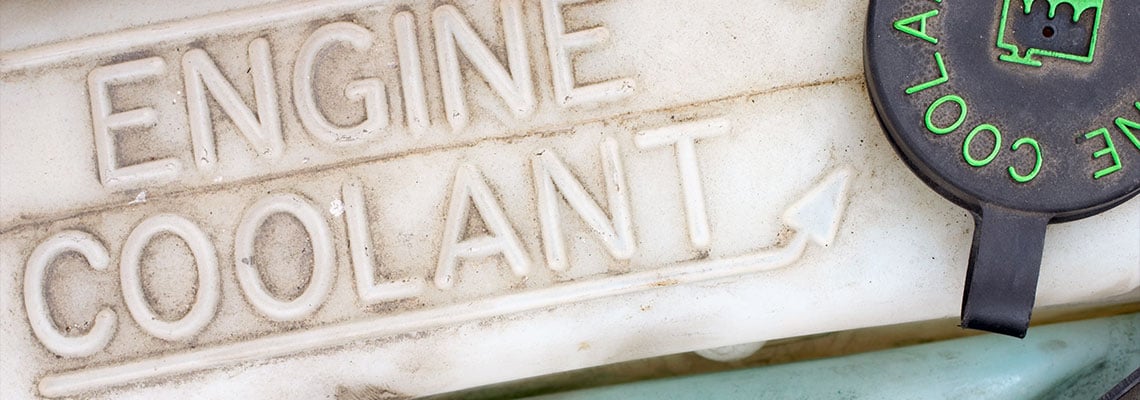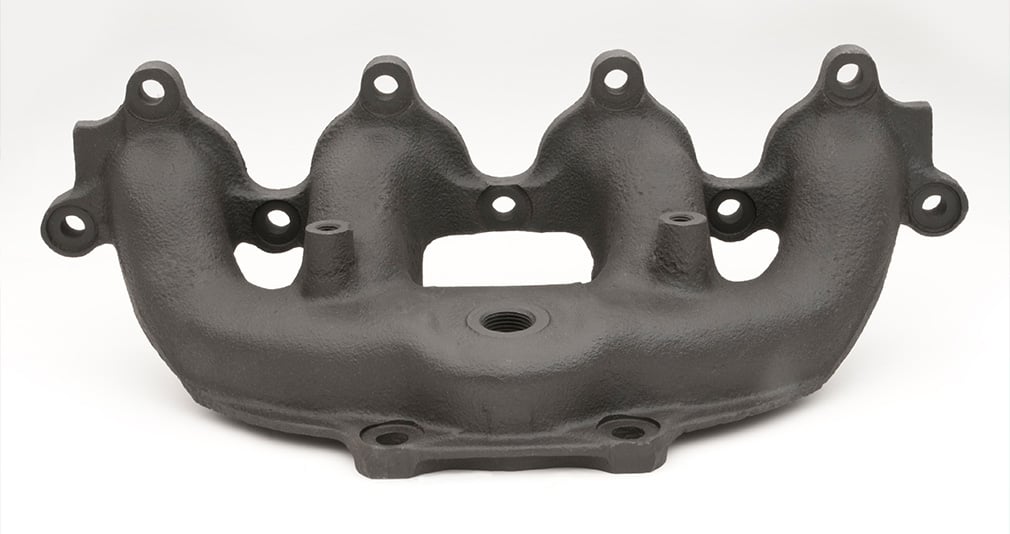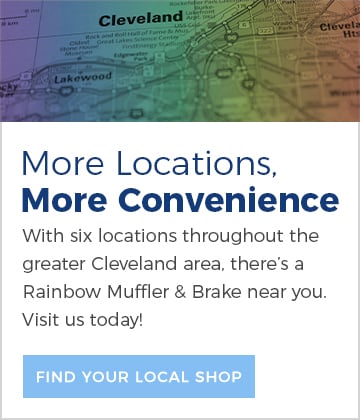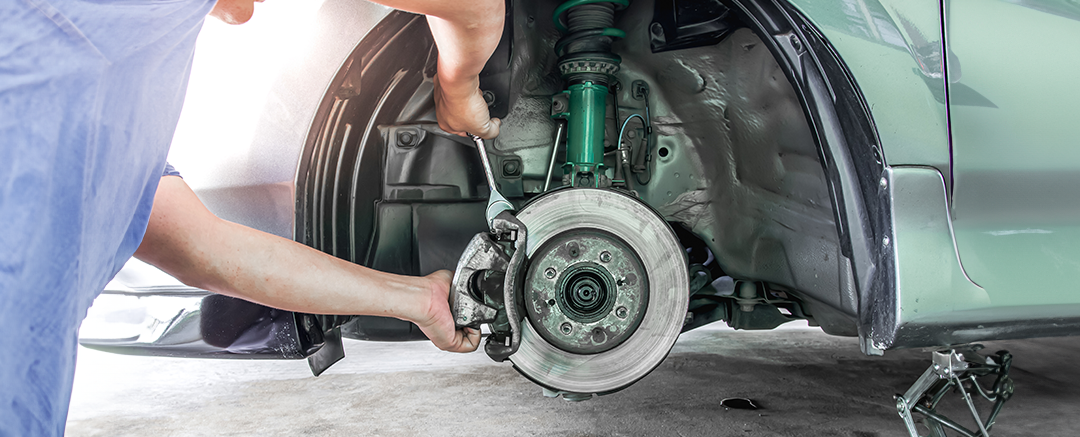For many drivers, brake pads are an afterthought. You generally don’t think about them until you need new ones, and then choosing the right brake pads for your vehicle and driving style can be confusing.
Brake pads come in a variety of brands and prices, depending on what type of pad and performance you are trying to achieve. Most pads fall into two categories: economy and performance. Economy pads are less expensive but have some drawbacks. Go too cheap, and they will wear out faster, which can affect your overall performance and make you less safe on the road.
When shopping for your next set of brake pads, what do you need to know? What are the best brake pads for your car or truck?
Types of Brake Pads
When you hit the brake pedal, fluid is pushed through the brake lines to the wheels, where the brake pads press against the braking discs and create friction. This friction slows the tires down and ultimately stops your car. To see a full breakdown of braking components, see our topic on vehicle brake parts.
There are three main types of brake pads: metallic, ceramic and organic. Choosing the best brake pads for your vehicle depends on a number of factors including cost, performance, longevity and your unique driving style.
Metallic Brake Pads
The most common brake pads found on cars today, metallic or semi-metallic brake pads are a good choice for drivers seeking high performance and maximum stopping power. Metallic brake pads are between 30% and 70% metal and typically include a mixture of iron, copper, steel and graphite. They are the highest performing brake pads for everything from track racing to everyday driving and are especially effective at slowing heavier vehicles.
Metallic brake pads can withstand more heat and help your brake system cool down faster, which improves overall braking performance and requires less pressure to stop. They are popular because they are high-performing, cost-effective and durable. However, metallic brake pads are noisier than other types of pads and produce more brake dust. They are also hard, which makes them durable, but can also strain your rotors.
Ceramic Composite Brake Pads
Ceramic brake pads are a great choice for everyday use. They are quiet, produce less dust than other types of pads as they wear down and are reliable in all kinds of driving conditions. These pads are made from a dense and durable ceramic with embedded fine copper fibers to increase friction and stopping power.
The drawback to ceramic brake pads is that they are expensive. They can also be hard on your other braking components. Because ceramic doesn’t absorb as much heat as other materials, more heat is pushed through the brake pads and the rest of the brake system. Ceramic brake pads also have lighter stopping power than metallic pads and are not recommended for heavier vehicles.
Organic Brake Pads
Up until the 1970s, most brake pads were made of asbestos. Because of the health concerns surrounding asbestos fibers, organic brake pads have since replaced brake pads made from asbestos and now come standard on many cars and trucks sold in the United States. Non-asbestos organic (NAO) brake pads are a mixture of rubber, carbon compounds, Kevlar and more, and they are bound together with heat-resistant resin. The benefits are that they are quiet and reasonably priced.
A great choice for normal, everyday driving and commuting for lightweight cars, organic brake pads are softer than metallic brake pads. This causes them to wear out faster, and as a result, they have to be replaced more often than other types of pads. They also don’t perform as well in extreme weather and require more pressure to engage.
How often should you change your brake pads?
Quality brake pads typically last between 30,000 and 70,000 miles. Have your mechanic inspect your entire brake system — including the brake pads — during your next oil change or routine maintenance visit to see if it’s time to replace your brake pads.
If your brake light is on or if your brakes are making a squealing or grinding sound while driving, take your vehicle to your mechanic and have it checked out. High-pitched squealing and screeching is a telltale warning that your brake pads need to be replaced, and catching brake issues early will save you from expensive repairs down the road.
To learn more about the best brake pads for your car or truck — or to have your brake pads and system inspected — stop by one of our six auto repair shops in Cleveland, Ohio and we'll service your brakes today!

